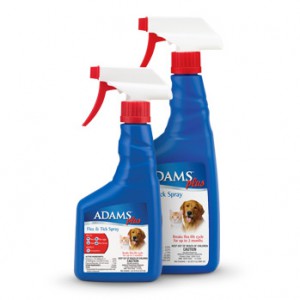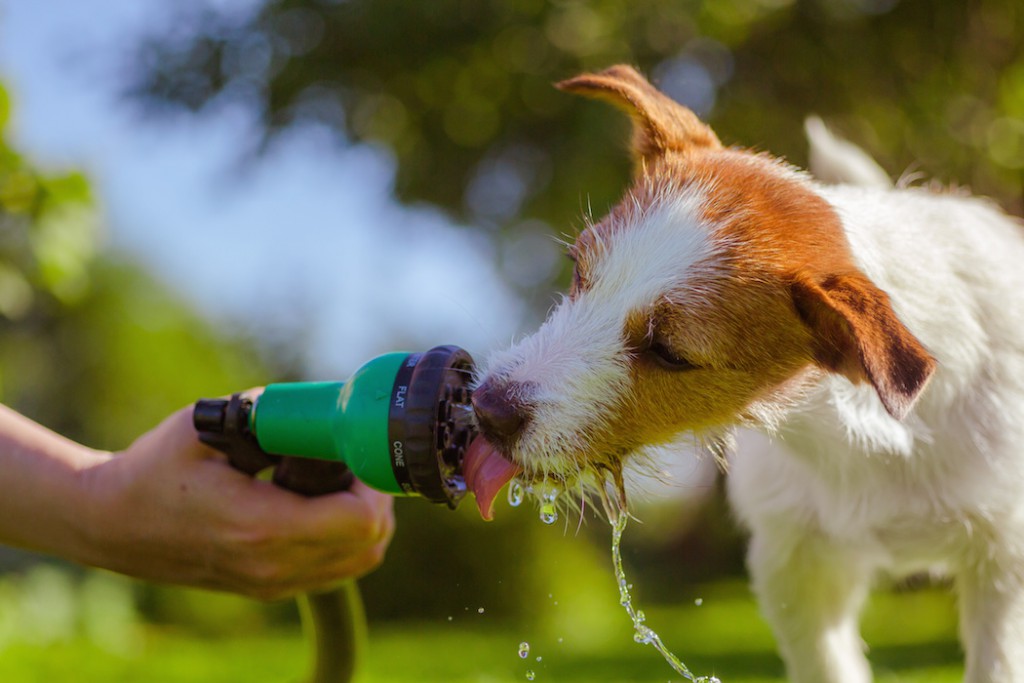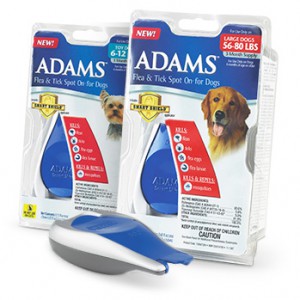Outdoor Activities With Your Dog
Half the fun of having dogs in our lives is sharing various activities with them, including play dates at the dog park, camping, and hiking. Most dogs have lots of physical and mental energy—even saying the word “outside” can send them into a tail-wagging tizzy—so you’ll want to channel that energy into safe, fun activities you can both enjoy.
DOG PARKS
In theory, dog parks are a wonderful idea. What could be more fun for your dog than running and romping freely with a bunch of his or her canine buddies? However, there are some important guidelines to keep in mind if you want your dog to stay safe and healthy at the dog park.
Observe the Other Dogs
Observe the dogs playing in a park a few times at different times of day before bringing your own. Are they well socialized? Playing nicely? Is any aggressive behavior taking place? Dogs who have been left alone all day and who run around in a park after their owners have returned from work may have too much pent-up energy to play properly.
Take Precautions
Ensure that your dog is up to date with his vaccination protection. Presumably, dog owners who care enough to bring their dogs to a dog park also care enough to vaccinate them properly. But because you can’t know that for sure, your dog should be protected as well.
Intestinal parasites are bound to show up in areas heavily trafficked by many dogs, so be sure to have your dog tested more often and/or bring a stool sample to the vet if your dog experiences unexplained diarrhea or other signs of parasites, including unusual lethargy, vomiting, or fever.
Other dogs may also carry fleas, which can jump onto your own dog during play. Protect your furry friend with Adams Flea & Tick Spot On for Dogs, a monthly preventive that kills fleas, flea eggs, flea larvae, and ticks for up to 30 days.
CAMPING
When planned with your dog in mind, camping can be a fun and rewarding experience for both of you. Although it typically involves some extra effort in making do without the comforts of home, camping is a great way to escape from the day-to-day routine, enjoy the company of family and friends, and get some fresh air.
Ensure That Dogs Are Welcome
If you will be staying at a campground, make sure that dogs are welcome before heading out on your trip. The worst time to find out that there’s a no-dogs policy is after you have packed up your vehicle and driven several hundred miles to your chosen location. And speaking of packing, always take along a canine first-aid kit for your pet in case of a medical emergency.
Teach Basic Commands
Unless you plan to “rough it” in a remote area, camping usually involves a good amount of social interaction with other outdoorsy types, so your dog should be able to follow basic commands so as not to disturb your fellow campers. Daytime at a campground may be filled with bustling activity, but the evenings are usually pretty quiet. Your dog should be able to sit or lie down nicely by the campfire, eat dinner al fresco, and turn in early—all without fussing or barking.
Keep Your Dog on Leash
It is also important to keep your dog on a leash when camping. Even if he or she is especially friendly and an old pro when it comes to following commands, not all dogs are necessarily as sociable or as well behaved as your pet. It’s important for pet owners to know the basics of how to train your dog. If your dog wanders over to the next campsite to greet the neighbors and they brought along an aggressive dog, both pets could wind up getting hurt.
Take Precautions
You will get the most out of camping with your dog by taking a few simple precautions:
- Apply a flea and tick Spot On® topical treatment, such as Adams™ Flea & Tick Spot On® for Dogs, a week or so prior to the outing. Continue to protect your dog by applying this treatment on a monthly interval.
- Make sure that your dog has received the proper vaccinations, including the one for Lyme disease.
- During hot-weather camping and other outings, keep your dog cool and out of the sun by popping up a small tent, or use a shade tarp. Include a small ice chest with bags of ice cubes.
HIKING
Hiking is one of the healthiest forms of exercise for both people and dogs. What’s more, taking part requires no fancy equipment or major expense. When a dog walks, he or she strengthens various muscles and experiences an increase in heart rate, a basic requirement of any cardiovascular activity.
Bring the Right Supplies
Consider strapping on a doggy backpack with canine first-aid supplies to bring along on the trail. And unless your dog’s tender feet have been conditioned to rough terrain, don’t plan to hike far. Keep checking your pup’s foot pads in case they tear or become red and swollen. Also, bring along clean-up supplies to properly dispose of waste.
Carry plenty of food and treats for your dog, too, as there’s no guarantee that you’ll find the exact food you feed your dog in a remote area. Bring fresh water for both you and your dog—hiking is thirsty work!
Don’t forget to bring along a few of your dog’s favorite toys. In addition to treats, you can use these as rewards when he or she comes when called. If your dog encounters a wild animal, following your command to come back to you may save his or her life.
Take Precautions
Always be on the lookout for signs that your dog needs a break. These can range from subtle cues, like panting excessively and slowing down, to more obvious signs of distress like increased salivation and outright stopping to sit down. If your dog tells you that a rest is needed, honor the request by finding the nearest patch of shade.
As with other outdoor activities, make sure that your dog is wearing a flea and tick preventive, such as Adams Flea & Tick Spray. Do not use multiple pesticides simultaneously; follow package-labeling instructions carefully. This mist kills and repels fleas and ticks, as well as kills other hiking hazards such as mosquitoes.
Visit us today at Lochte Feed & General Store in Fredericksburg, TX for everything you need to keep your pets happy, healthy and active! We have a great selection of quality pet foods, treats, flea and tick preventatives, leashes, collars and more.
Source: Adams Flea Control Products


